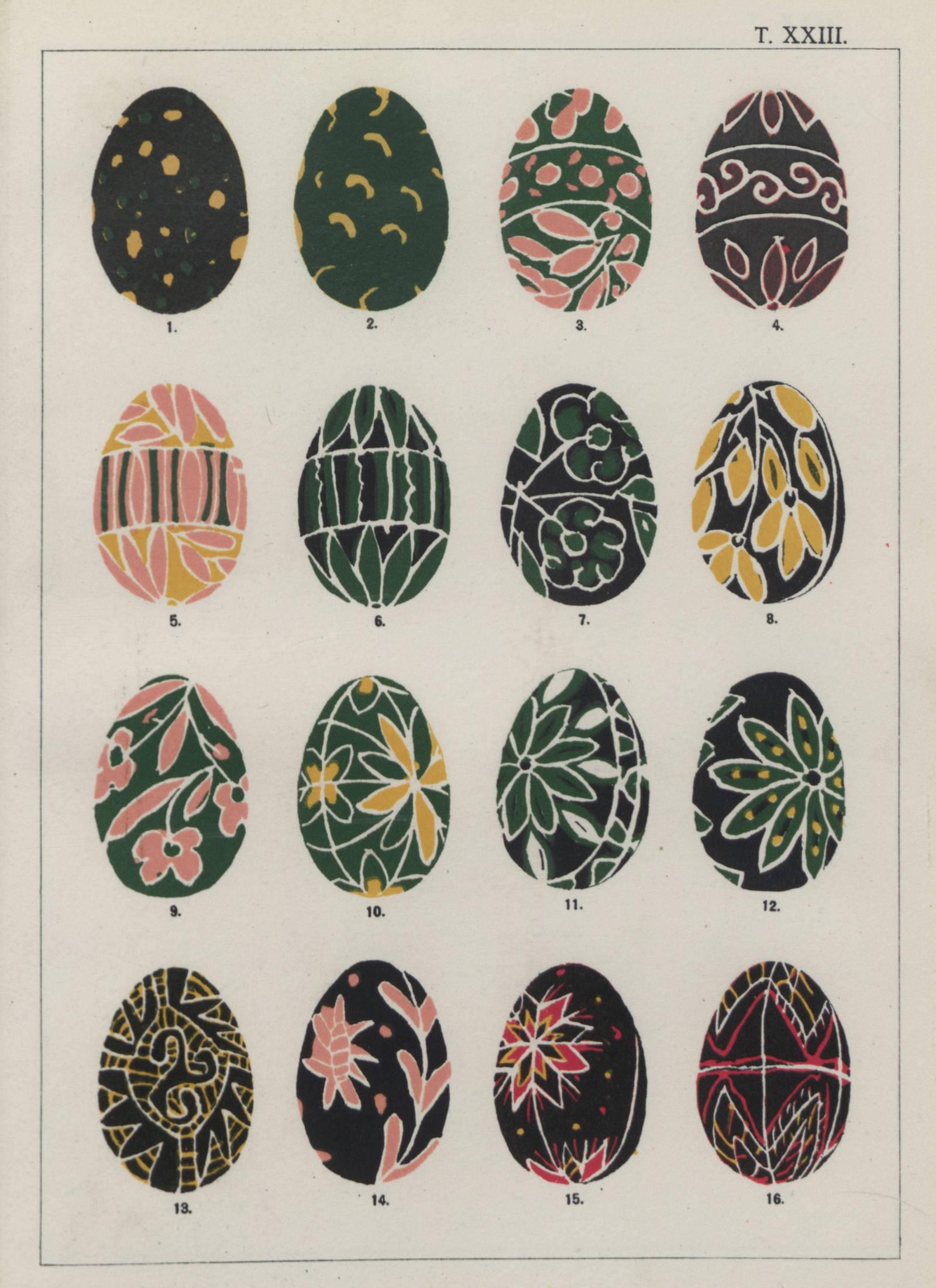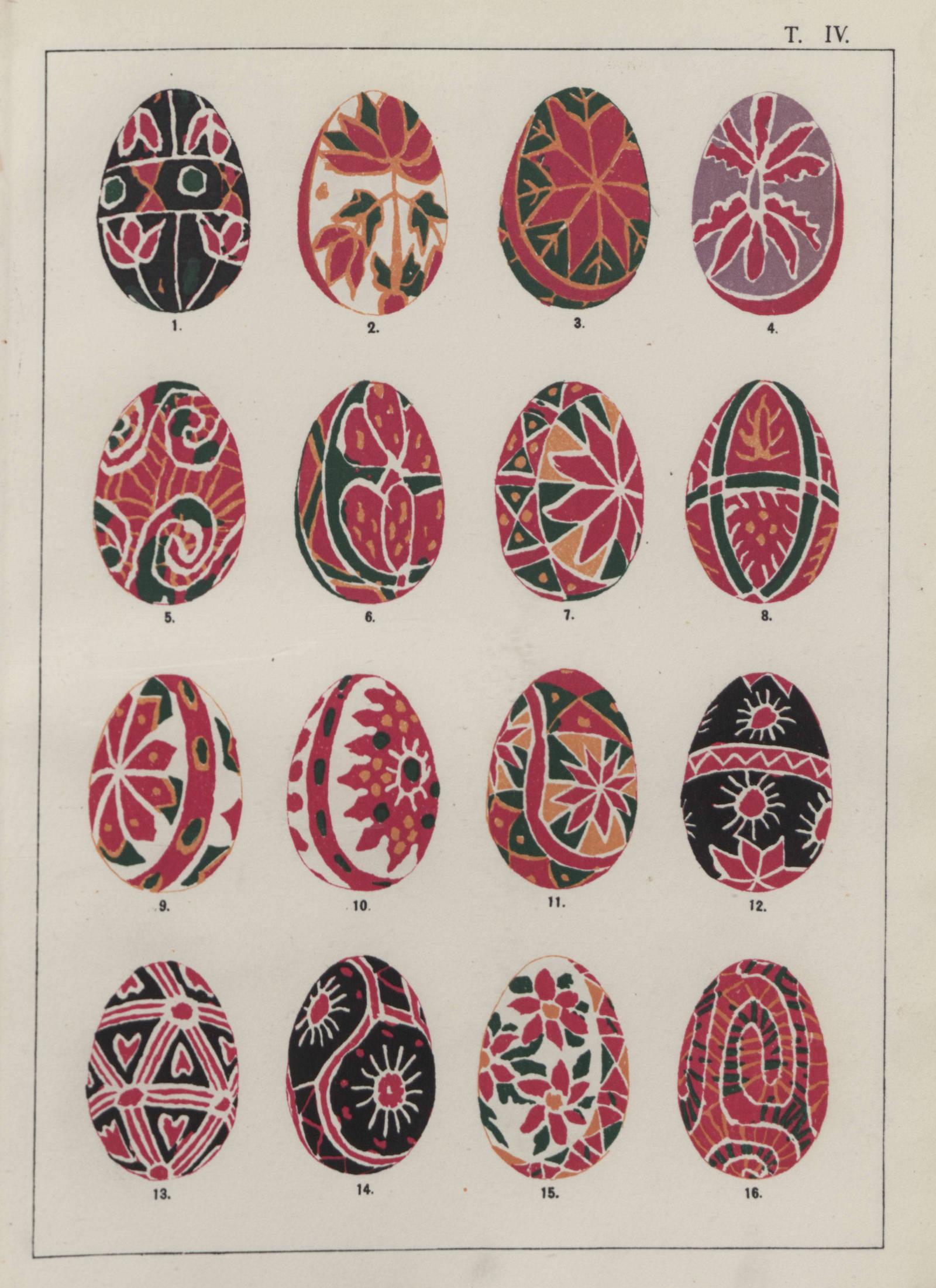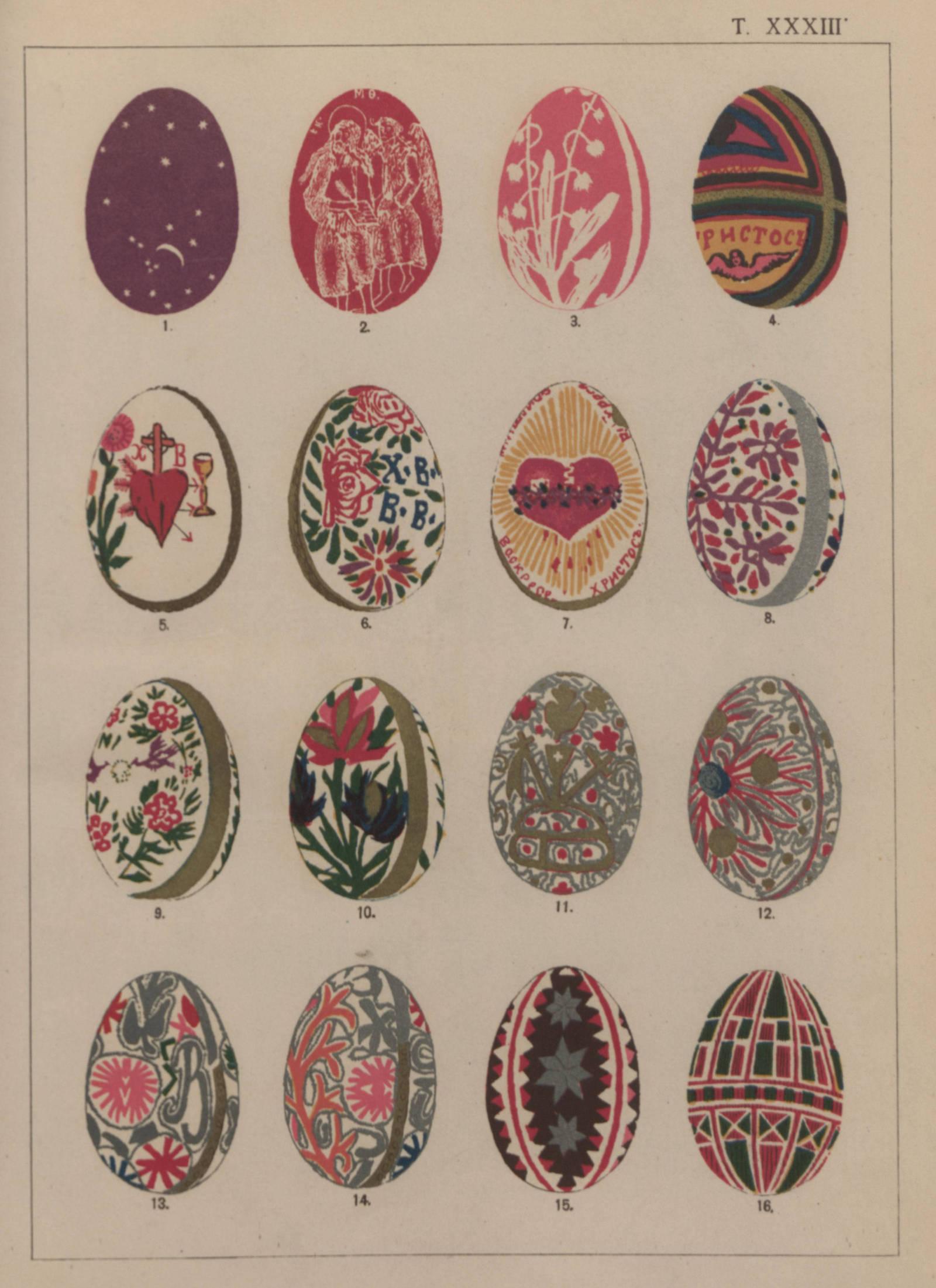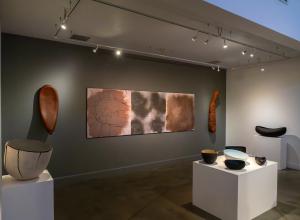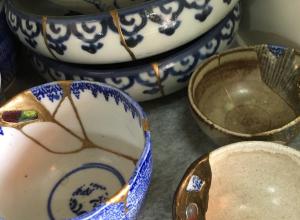The term pysanka comes from the Ukrainian word pysaty, meaning to write.
The name aptly emphasizes the process of inscribing the pysanka and the symbolism of the inscriptions themselves—both of which have enormous cultural, sometimes religious, value.
Perhaps unsurprisingly, pysanky take a great deal of time and effort to make.
The designs are applied in multiple stages via the combination of a wax-resist, or batik, technique and dyeing process.






